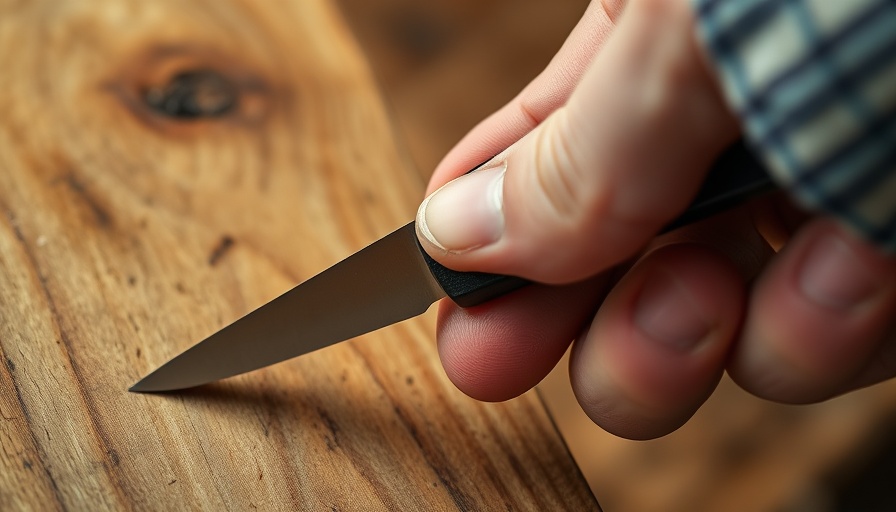
Mastering the Art of Hand Tool Sharpening
In a world filled with powered gadgets, the timeless art of hand tool sharpening remains an essential skill for craftsmen and DIY enthusiasts alike. Whether you're a seasoned pro or just starting your journey into home improvement, having sharp tools is crucial for both safety and efficiency. Blade sharpness dictates the quality of cuts, impacts precision, and ultimately influences the success of your projects. But how do you get started on this rewarding journey of honing your hand tools to perfection?
The Essential Tools and Techniques for Sharpening
Before diving into the sharpening process, it’s vital to gather your tools. A few essential items include a sharpening stone, honing guide, and, optionally, a strop to finish the edge. Depending on your preference, you can choose between water stones and oil stones. Water stones provide faster cutting action and easier cleanup, while oil stones maintain their shape well over time. To begin the sharpening process, start with a coarse stone to restore the edge and gradually move to finer grits for a polished finish.
Understanding the Edge: Angle Matters!
One critical aspect of sharpening involves maintaining the right angle on your blade. Most chisels and plane irons require a bevel of about 25 to 30 degrees. Keeping your angle consistent during sharpening is key to achieving a strong and effective edge. If you’re uncertain about your angle, some sharpening guides come equipped with built-in angle settings to help you achieve consistency with ease. Remember, a well-sharpened edge not only cuts better but also prolongs the life of your tools.
Common Misconceptions About Sharpening
Many people believe that sharpening tools is complex and time-consuming, but it’s a skill that can be mastered with practice. One common myth is that you need to spend hours grinding away at your blade to achieve sharpness. In reality, with the right technique and tools, sharpening can take as little as a few minutes per tool. Additionally, maintaining your blades regularly means you won’t have to spend a lot of time sharpening every time before a project.
Practical Insights for Homeowners and Contractors
For homeowners, knowing how to sharpen basic hand tools such as chisels, knives, and garden shears can save both time and money. Regular maintenance will keep your tools in optimal condition, leading to more successful DIY projects and repairs around the house. For contractors, demonstrating expertise in tool maintenance can set you apart from competitors. A sharp tool is more efficient, reducing project time and enhancing the overall quality of work, an advantage you can leverage to draw in and retain clients.
Next Steps: Keep Learning and Improving
Now that you have the basics of hand tool sharpening under your belt, consider seeking out additional resources like online videos, workshops, or community classes. These avenues can provide hands-on practice and allow you to connect with others who share your interest in craftsmanship. Furthermore, sharpening tools is not just about keeping edges sharp; it’s also about fostering a mindset of continuous learning and improvement.
A Call to Action for Craft Enthusiasts
Embrace the satisfying challenge of learning to sharpen your hand tools. By mastering this skill, you'll not only improve your craftsmanship but also foster a deeper appreciation for the tools you use. Ready to take your projects to the next level? Start sharpening today!
 Add Row
Add Row  Add
Add 




Write A Comment